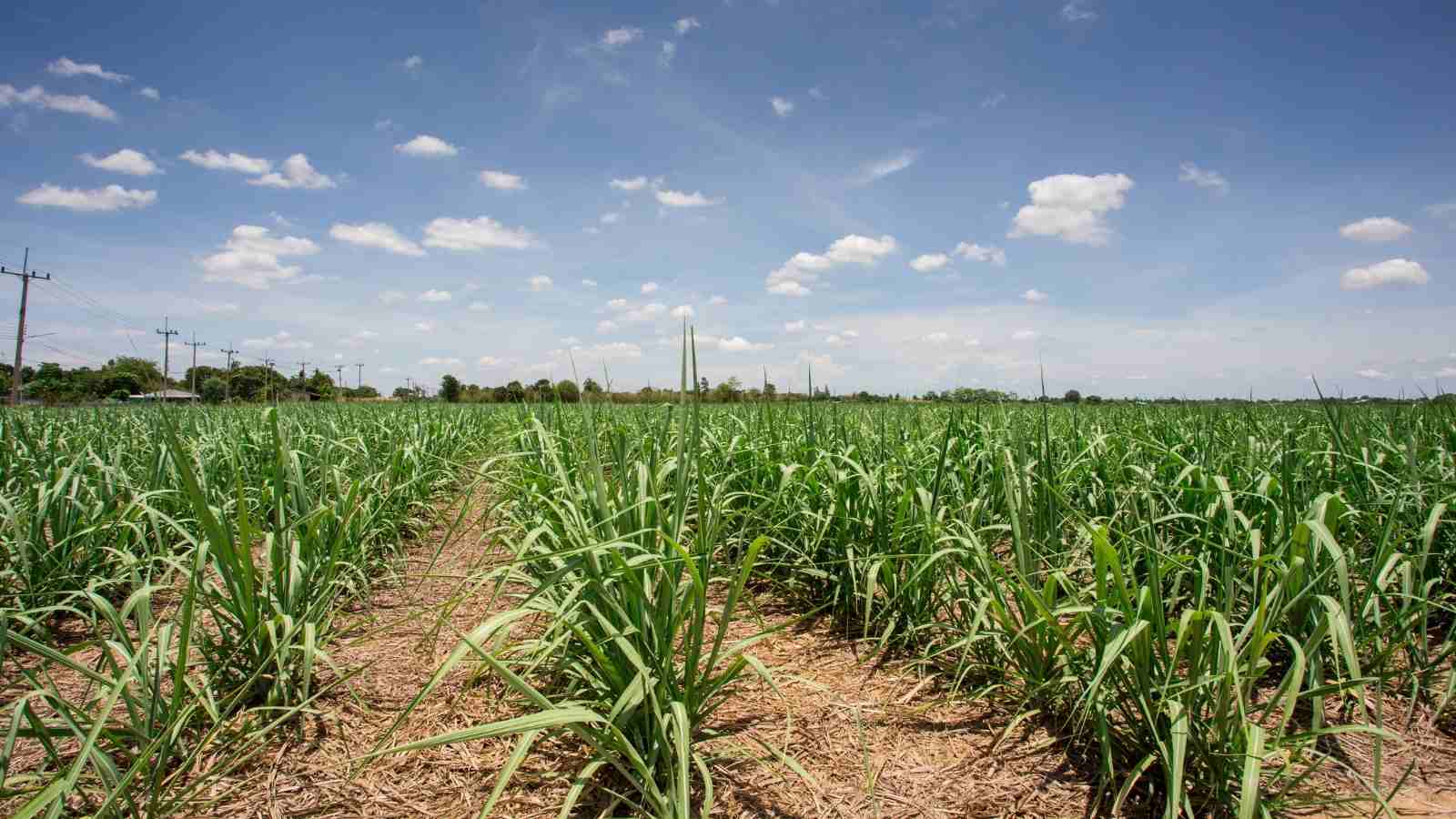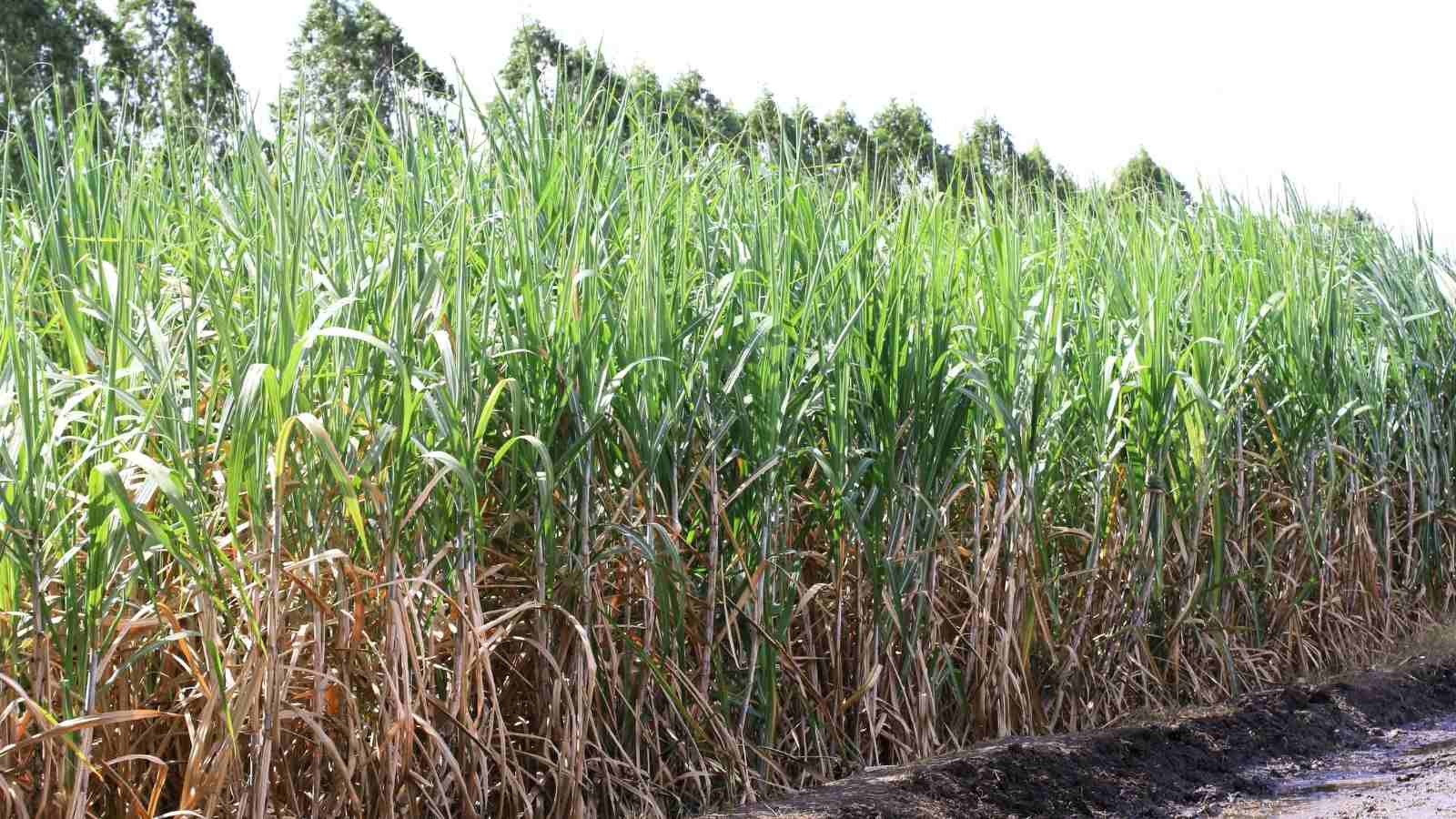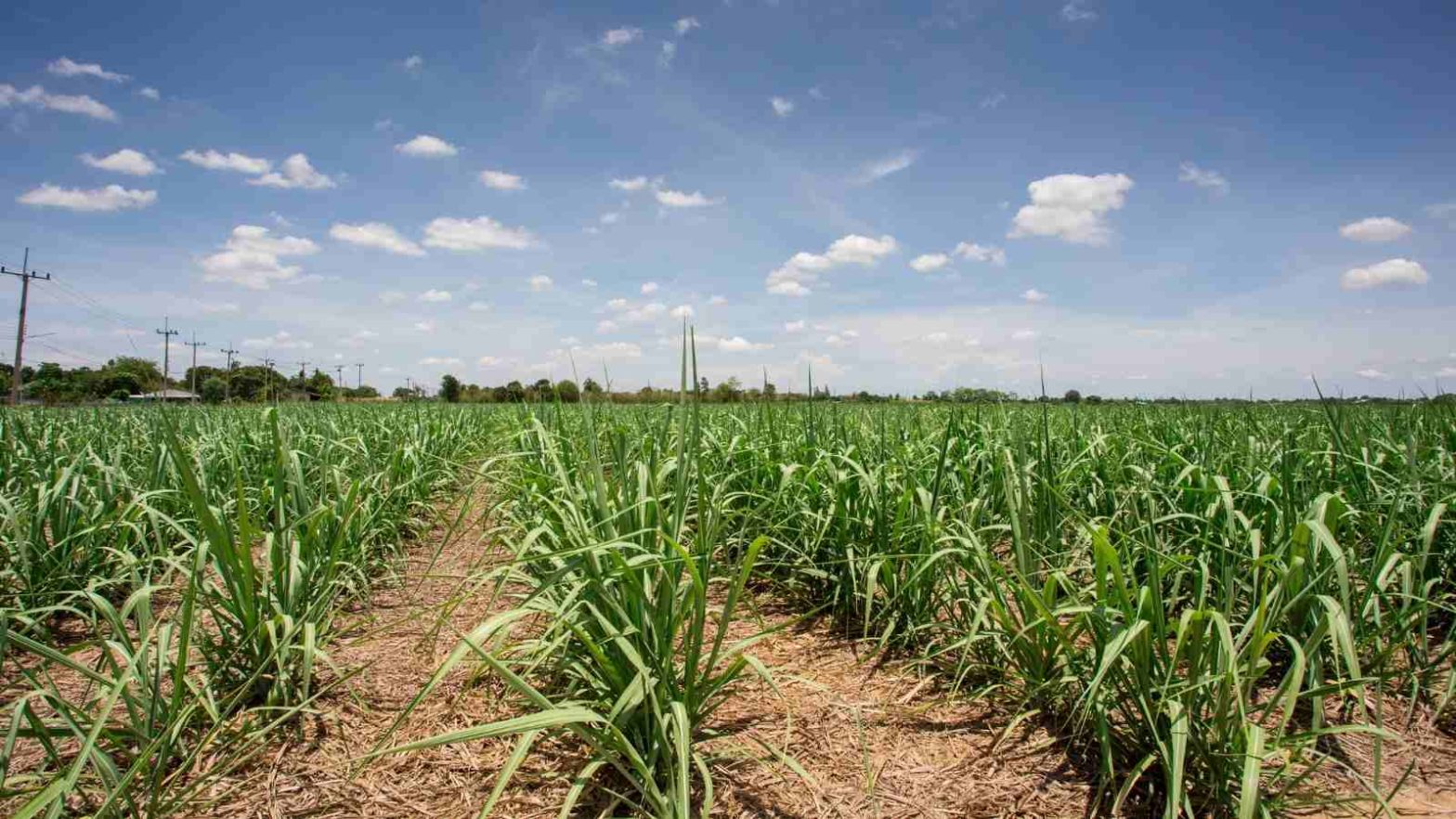Sugarcane is one of the best and one of the most efficient cash crops grown in India. India stands out to be a leading producer of sugarcane. Owing to the high demand of the crop both in the domestic and in the foreign market. The growth of the sugarcanes has been increased by a large scale. The largest sugarcane plantations are in Brazil. The maximum utility and the consumption of the crop occurs in India only in a variety of forms and in variety of food meals. In India, sugarcane is very important to produce the processed sugar and even jaggery. From sweets to baking cakes, the sugar are used in all kinds of food. Moreover, here in, even the bed time tea does not go without a tea spoon of sugar.

It has been estimated that on an average, at least 11 crore people of the country are part of the sugarcane cultivation all across the country. It is needless to mention that this crop plantation is a very strenuous and a manually intensive farming. Owing to the large involvement of the manual labour in this farming, over the years, it has become a key point of employment. Moreover, this being a cash crop, the profit margin is also equally high for these crops. Here in, we are discuss the various facts of sugarcane farming as occurring in India.
1. What are the climatic requisites to grow the best sugarcanes in India?
Sugarcanes are very tough ad comparatively quite resistant crops. They tend to grow over a large stretch of time and thereby, the climatic conditions ought to be a bit predictable for uniform growth. The sugarcanes grow great in the northern states of the country. Usually, warm and moist climatic conditions are the best suited for such tropical crops.
- The growth of the crop will keep continuing when placed within a temperature range of 25 degree Celsius to 50 degree Celsius. The growth might halt only for a few days when the plant happens to flower. Moreover, though the sugarcane are tough crops, it does not imply that they can grow in any adverse temperature range.
- Frost and extremely high temperature are very harmful for the crop.
- Apart from the mentioned temperature range, the crop needs adequate rainfall as well. On an average, the rainfall range needs to align within 700 mm to 1250 mm in a year.
- It has been seen that in the session of the crop ripening, the crop demands for drier ad cooler climatic conditions as compared to the growing season.
2. How to irrigate the sugarcane farms to accelerate the growth of the sugarcane farming all across the country?
The sugarcane farms literally love to be bathed in water. Since, these crops have a longer growing season, so, naturally the water requirement of these plants are also very high. On an average, the plants require at least 2000 mm to 3000 mm of water. There is no fixed amount of water which is required for the plants, as the water requirement depends upon the soil retentivity factor.
The crop does need more water but water clogging is not at all good for these crops as they tend to rot the roots of the plants. Thereby, reducing the overall productivity of the crops. On an average, after every 8 days to 10 days, the farms need to be irrigated. However, owing to sudden heavy downpour, the farmers can irrigate the soil on a larger interval.
3. What are the soil conditions required by the sugarcanes?
Sugarcanes are very specific about the choice of the soil. The soil needs to be loamy and also needs to be a variety of the heavy soils. In the soil most importantly needs to have high and accurate drainage facilities and also proper means of aeration. The soil after being tilled has to be made fertile by the use of farmyard manure, or by the green leaves compost manure. By the usage of chemical fertilisers comprising of nitrogen, ammonium sulphate and phosphorous, the soil can be made fertile in a much quicker manner.

4. When to sow the sugarcane seeds?
The sugarcane seeds can either be sown in the months of January or in February, in the months of October or November or in the months of July or August. To keep the seeds safe during the germination phase, they are treated with hot water. The seeds need to be then planted by maintaining a distance of 100 cm to 120 cm in between two crops of the plantation.
Hopefully, these amazing facts of the sugarcane farming can be of great help.

